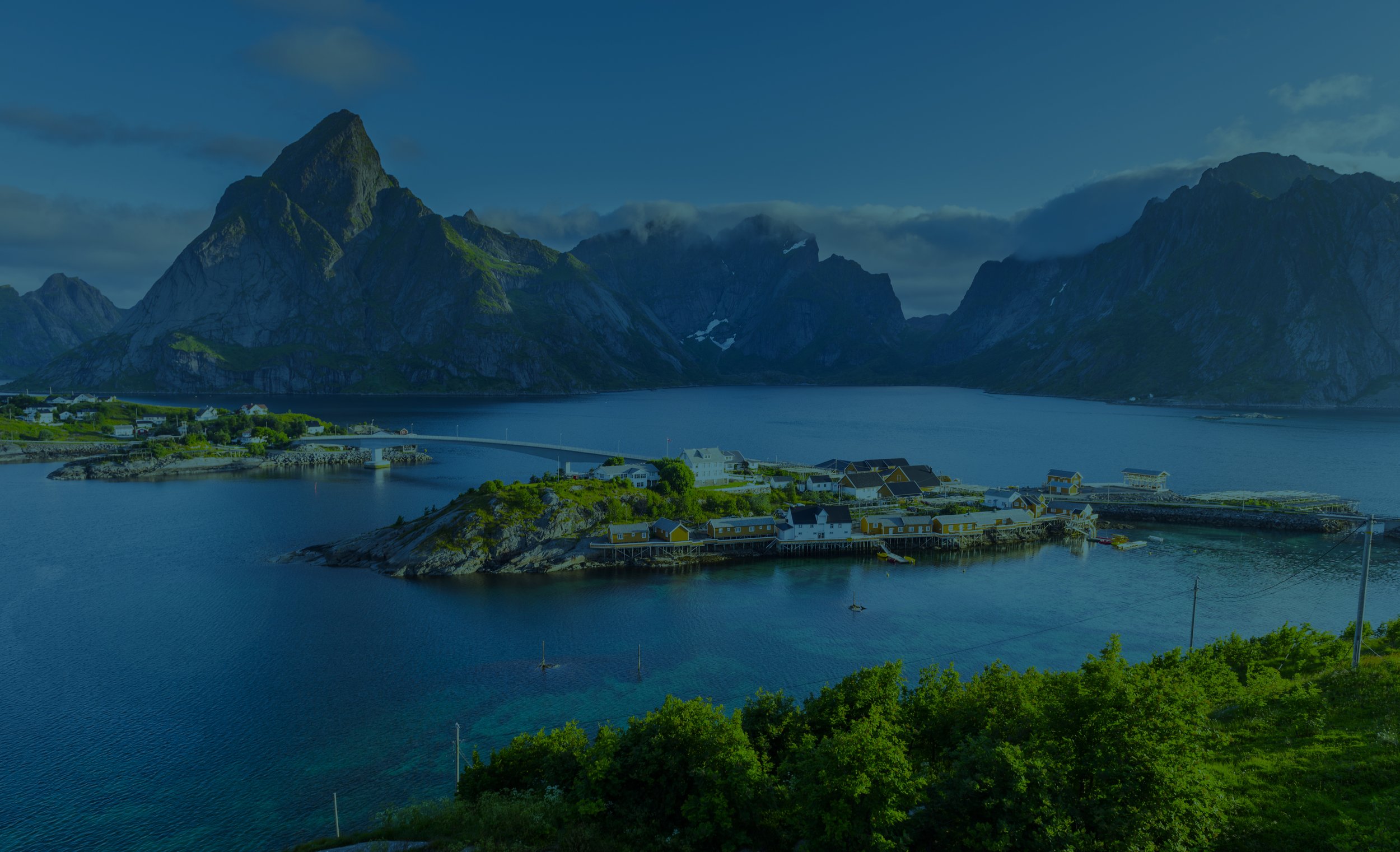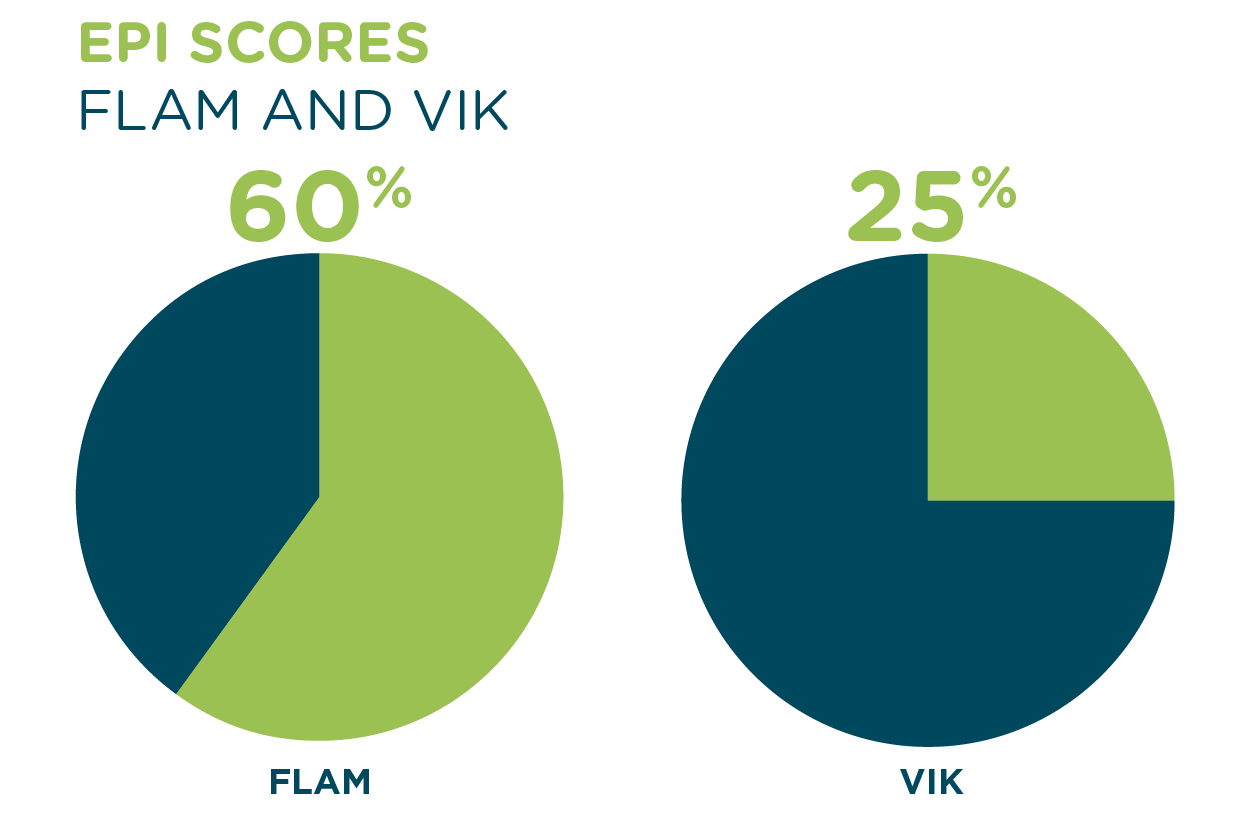
The Environmental Port Index
The Environmental Port Index was launched in 2020, as a reporting tool for monitoring the environmental impact of ships during port visits.
Today, the EPI has grown into an international network of ports and ship operators; all working to create the most transparent and sustainable future possible for our industry, people and planet.
The EPI impact so far…
EPI reporting uses the build specifications of ships to calculate the ‘baseline’ environmental impact for each type of vessel while at quay.
By comparing the baseline for a ship to its EPI data gathered during a port call, it is easy to see which ships are outperforming their baseline and which are not.
Since the launch of the EPI, we have already seen a significant positive trend in the operational sustainability of ships calling at EPI partner ports. However, the EPI also helps to identify challenges and areas for potential progress in the future.
The importance of policy:
Port of Flåm and Port of Vik
We cannot transform our industry alone. Comparing the EPI data for two of our partner ports at Flåm and Vik in Norway, shows us how important local policy makers are in creating positive change. Together, the EPI and local policy have had a significant impact on shipowner behaviour in this region.
Port of Flåm
Due to local policy changes, it is no longer permitted for ships with poor environmental performance to enter the fjord area leading to Flåm. In addition, Port of Flåm has used EPI data to introduce a “polluters pay more” sustainability incentive system for ships.
Port of Vik
Ship owners with poor environmental performance are now calling at the nearby port of Vik and transferring passengers to Flåm over land. Port of Vik has not yet introduced an incentive system based on EPI data, and there is no local policy to prevent access by polluting ships.
Comparing EPI scores
The impact of local policy changes and the new incentive system is clear to see when comparing the overall EPI scores for Port of Flåm (60%) and Port of Vik (25%).
Looking to the horizon
The EPI was created to monitor ship air emissions during port calls, but we want to expand on this moving forward. For example:
Emission ‘scrubbers’ reduce port-side air pollution, but often release waste into the water.
Hull cleaning is essential for fuel efficiency, but it can deposit unwanted species in port environments.
Although 57% of cruise ships are capable of connecting to shore power, only 40% are able to do so.
These are just a few of the areas we’re focussed on improving, as the EPI network grows. But the first step to greater sustainability, is greater collaboration.
Join the Environmental Port Index
By working with more ports, ship owners and policymakers around the world, the EPI can become more accurate, transparent and impactful than ever. Join our growing global network today.










